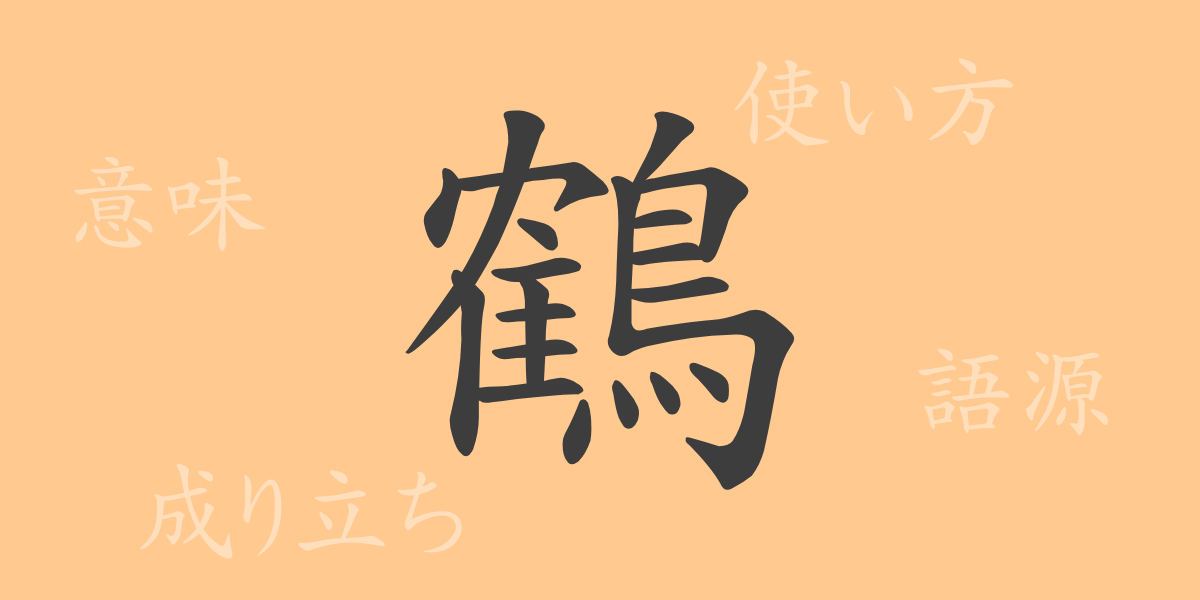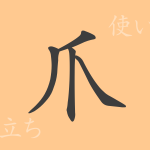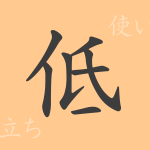Deeply ingrained in Japanese culture, the ‘鶴(ツル)’ is cherished as a symbol of beauty and longevity. This single character encapsulates numerous stories and meanings. This article explores the Kanji ‘鶴’, from its origins to its meanings, usages, readings, stroke count, and radical. We will also introduce idioms, proverbs, and phrases involving ‘鶴’, shedding light on its rich cultural backdrop.
Origins of ‘鶴(ツル)’
Tracing back to ancient China, the origin of the Kanji ‘鶴’ lies in pictographs. The character emulates the actual form of a crane, depicting its long legs, neck, and spread wings, visually expressing its mystique as a bird ascending to the heavens.
Meaning and Usage of ‘鶴(ツル)’
‘鶴’ refers not only to a species of bird but also symbolizes longevity, happiness, and purity. In Japan, the origami crane is recognized as a symbol of peace, and cranes are commonly featured in weddings and celebrations.
Reading, Stroke Count, and Radical of ‘鶴(ツル)’
The Kanji ‘鶴’ has unique readings and a distinct structure:
- Reading: On’yomi (Sino-Japanese reading) is ‘カク’, while Kun’yomi (native Japanese reading) is ‘つる’.
- Stroke Count: ‘鶴’ consists of 21 strokes.
- Radical: The radical is 鳥部 (とりへん), related to birds.
Idioms, Proverbs, and Phrases Using ‘鶴(ツル)’
There are many Japanese idioms and proverbs that include ‘鶴’. For example:
- ‘鶴は千年、亀は万年’: A proverb stating that cranes and turtles are symbols of longevity.
- ‘鶴の一声’: Refers to a decisive statement by a person of high authority.
- ‘鶴の恩返し’: A phrase or story about someone repaying a kindness they have received.
Conclusion on ‘鶴(ツル)’
The meanings embedded in a single Kanji reflect the culture and values of its country. In Japan, the ‘鶴’ is not just any bird; it is revered as a symbol of beauty, longevity, and peace. Through this article, we hope you have gained a deeper appreciation of the rich history and cultural significance of ‘鶴’.

























